During the first half of 2022, various automakers quietly discontinued vehicles in South Africa. Let’s take a closer look at the dearly departed, some of which you may not have noticed are no longer available new.
When a given vehicle is abandoned in South Africa, its manufacturer rarely makes it a song and dance, preferring instead to let the nameplate slip quietly from market memory. But we’ve been keeping tabs on the comings and goings of the local automotive landscape, which has allowed us to compile the list of dearly departed you see below.
Of course, we must point out that we focused on instances of entire model lines removed, choosing to ignore (for now, anyway) single derivatives that were removed from their respective lineups. Let’s take a closer look, in alphabetical order.
1. Datsun Go and Go+
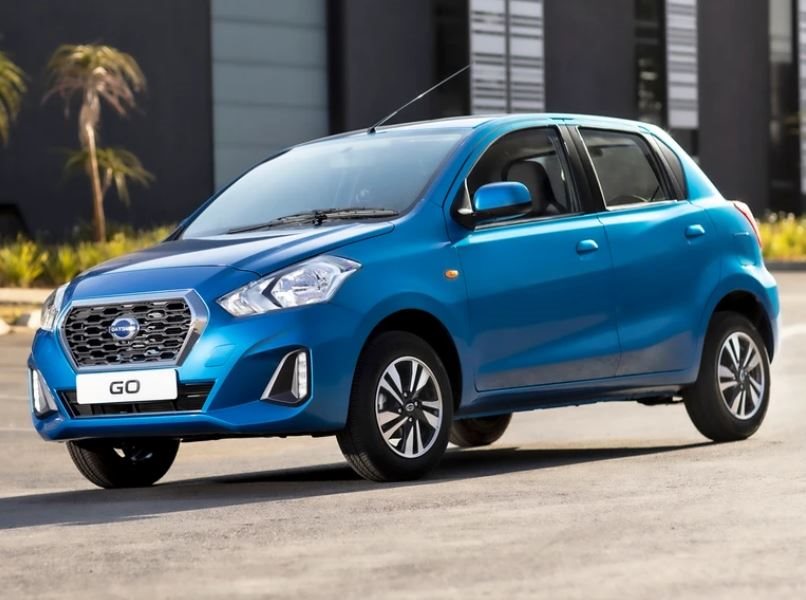
Earlier in 2022, Nissan ended production of its Datsun products in India, scrapping the economy brand for the second time in its 91-year history and locally signaling the end of the lineup for the Go sedan and Go+ minivan. . With depleted stocks appearing to be exhausted, both Datsun products are no longer available new in South Africa. For the record, the four-tier Go range had been priced from R184,600 to R213,800, while the three-variant Go+ range was priced from R194,700 to R223,800.
2. Ford Fiesta
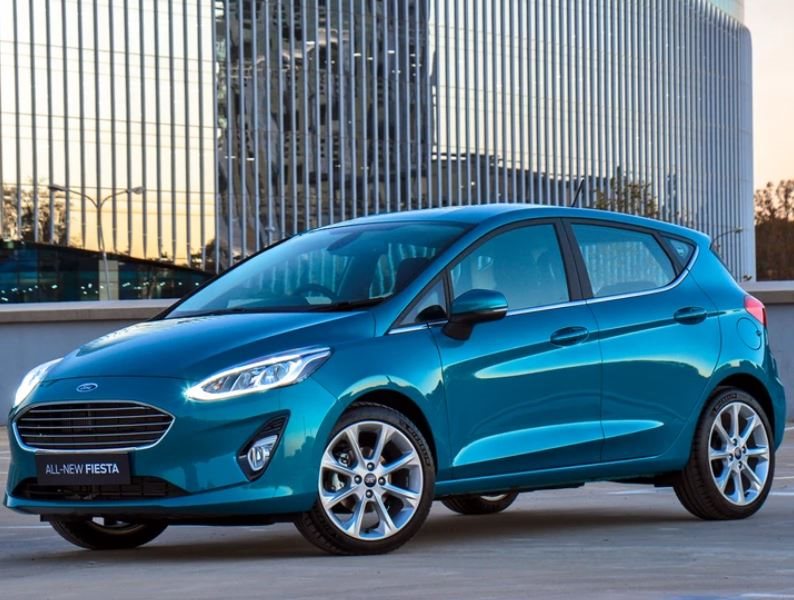
In March, Ford Motor Company of Southern Africa confirmed to Cars.co.za that the Fiesta hatchback had been discontinued locally. The seventh-generation version of the once-popular supermini landed on local shores in mid-2018, while the facelifted model made its global stage debut in September 2021. However, the Blue Oval brand opted not to. bring the refreshed Fiesta, with stock of the sixth-generation model appearing to run out at the end of the first quarter.
3. Ford Figo
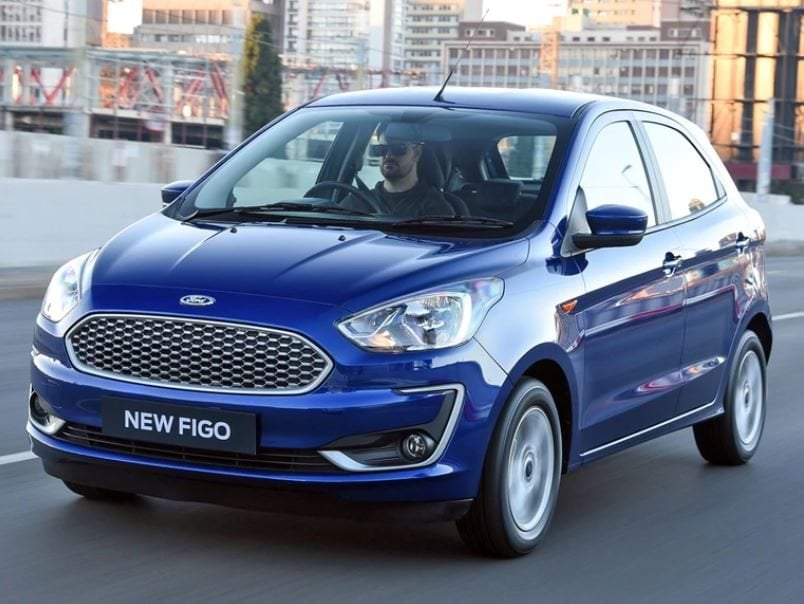
The Figo soon followed the Fiesta, leaving Ford’s local lineup devoid of sedans (the only passenger car still available being the Mustang). From what we understand, production of the second-generation Figo at the company’s factories in Chennai and Sanand in India ceased towards the end of 2021. With no replacement on the cards, Ford Motor Company of Southern Africa does not had no choice but to remove the Figo (which was available in sedan and hatchback body styles) from its portfolio.
4.Nissan 370Z
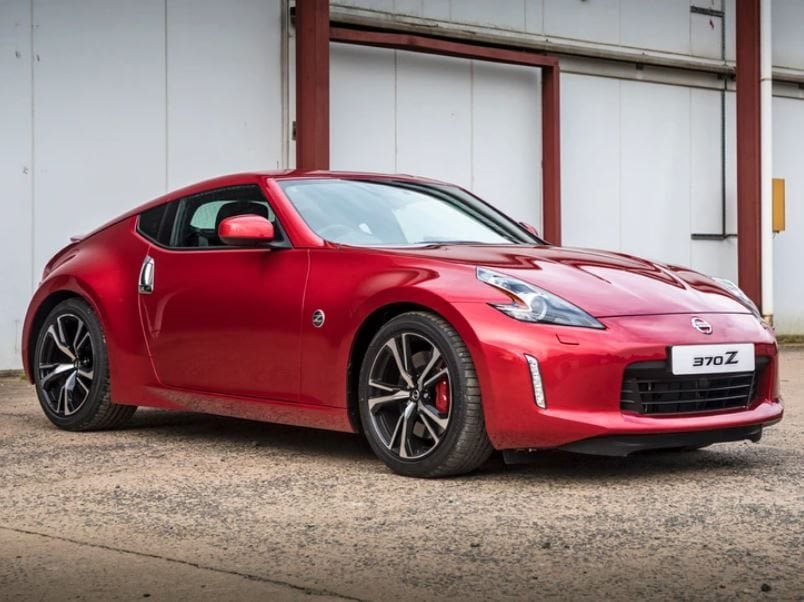
It was a long time coming, wasn’t it? After nearly 13 years on the market in South Africa, the naturally aspirated Nissan 370Z was quietly put to pasture in early 2022. Introduced locally in mid-2009 as an evolution of the 350Z, the manual version of the 370Z cost R499,000 au launch, a figure that soared to over R700,000 by the end of its run (with a few updates along the way, of course). Sadly, that seems to be the end of the line for the badge in South Africa, as Nissan SA apparently has no intention of introducing the latest Z.
5.Nissan NP300
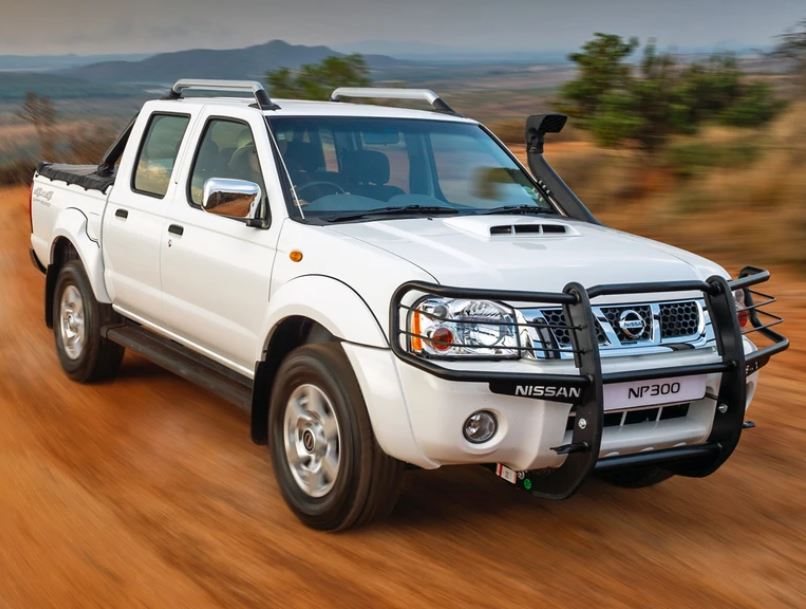
By the time May 2022 rolled around, Nissan had also canned the NP300 Hardbody. Since Japan’s Rosslyn plant began building the refreshed D23 generation Navara – including single-cab workhorse derivatives – Nissan has opted to end production of the long-in-the-tooth Hardbody. In 2018, of course, the bakkie earned zero stars for safety in its Global NCAP crash test, prompting the aging bakkie to be retired. Four years later, it finally happened.
6.Peugeot 108
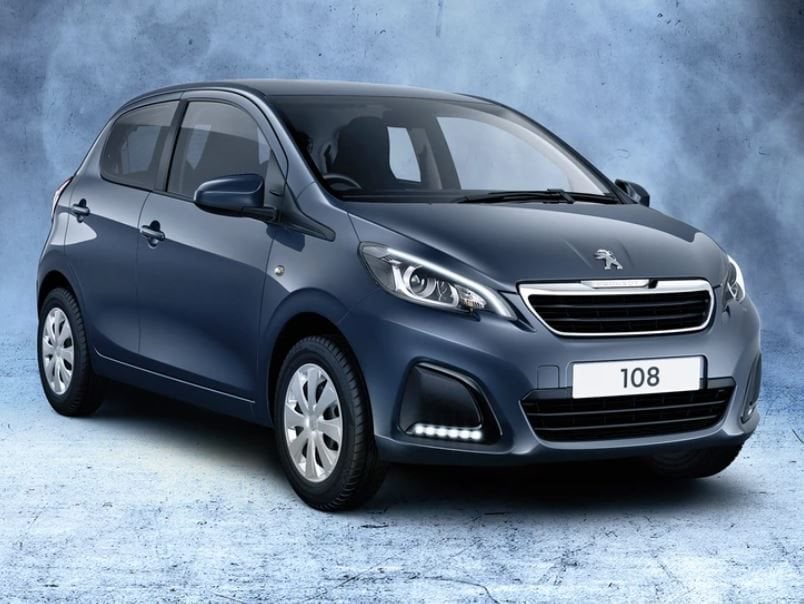
Presented in South Africa in September 2019, Peugeot’s small 108 – which was developed alongside the Citroën C1 and Toyota Aygo – hardly ignited the local sales charts. It has nevertheless established itself in the A segment by offering high-level safety equipment for this category of car (including 6 airbags and electronic stability control) and a long maintenance plan of 5 years / 100,000 km. However, with production having since ceased, this budget five-door hatchback was officially discontinued in South Africa in early April 2022.
7.Renault Sandero
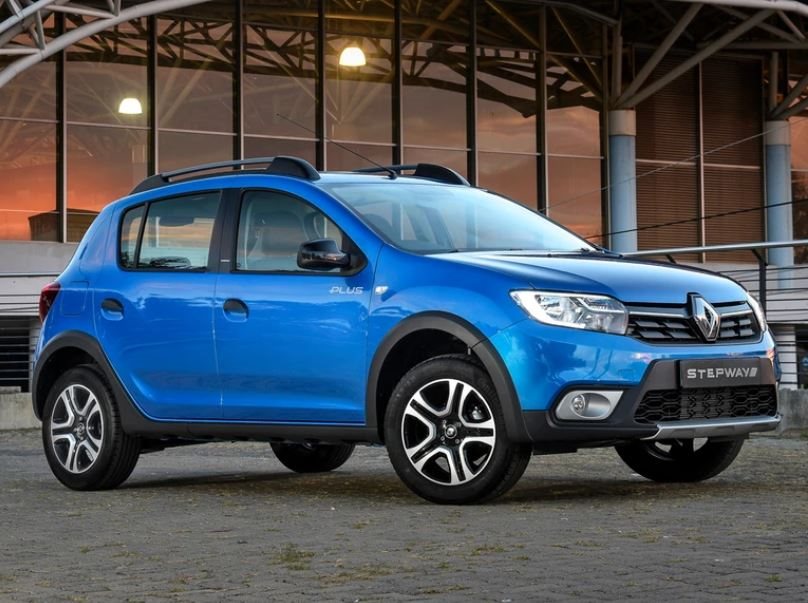
Over the years, the second-generation Renault Sandero has grown in popularity in South Africa, with local buyers enjoying its competitive price, plentiful interior space and efficient engine (a tiny turbo-triple shared with the Clio IV). When the third-generation Dacia-branded version made its overseas debut at the end of 2020, we expected it to find its way here eventually, although it’ll again be badged Renault. However, this never happened, with the local division of the French company opting instead to use the Indian-made Kiger. The outgoing Sandero stock was sold out in February 2022.
8.Toyota Avanza
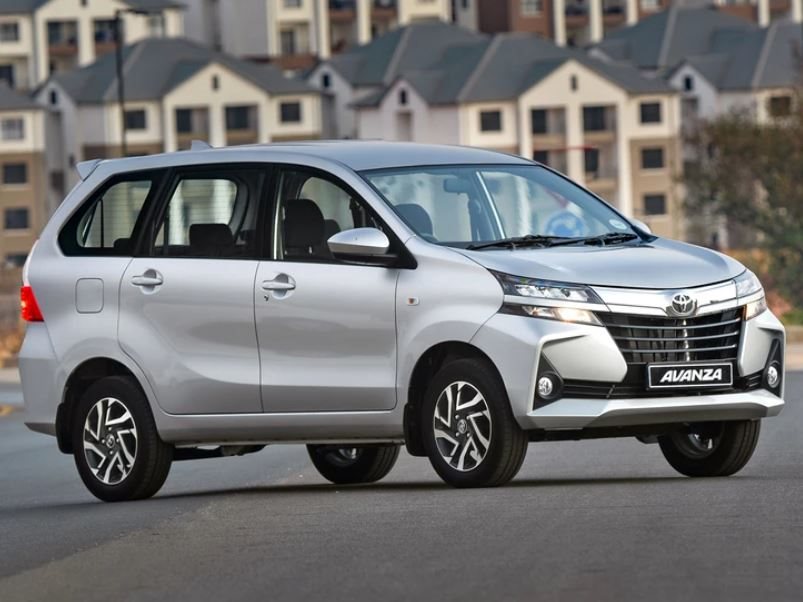
The second-generation Avanza proved a strong seller for Toyota, despite (or perhaps because of?) its fairly agricultural underpinnings. With its engine in the front but drive directed to the rear wheels, the Daihatsu-developed Avanza was offered as a seven-seat MPV as well as a panel van. Despite revealing a third generation version towards the end of 2021 (and switching to a front-wheel-drive platform), Toyota South Africa Motors has instead opted to drop the Avanza in favor of the front-wheel-drive Rumion …which is, of course, based on the Suzuki Ertiga.
9.Toyota Land Cruiser 78
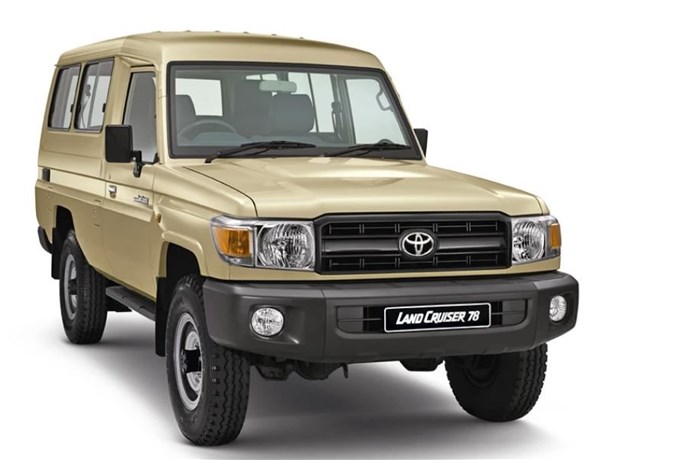
While the ’76 station wagon and ’79 bakkie are perhaps the most well-known models in Toyota’s ’70 Land Cruiser lineup, a third member of the family exists. Yes, after a nearly six-year hiatus, the Land Cruiser 78 – affectionately dubbed the Troopy (short for Troop Carrier) in some circles – returned to the South African market in February 2021, but only to customer order. However, as of early 2022, the 78-badge model disappeared from Toyota’s local price list and website.
10.Toyota Rush
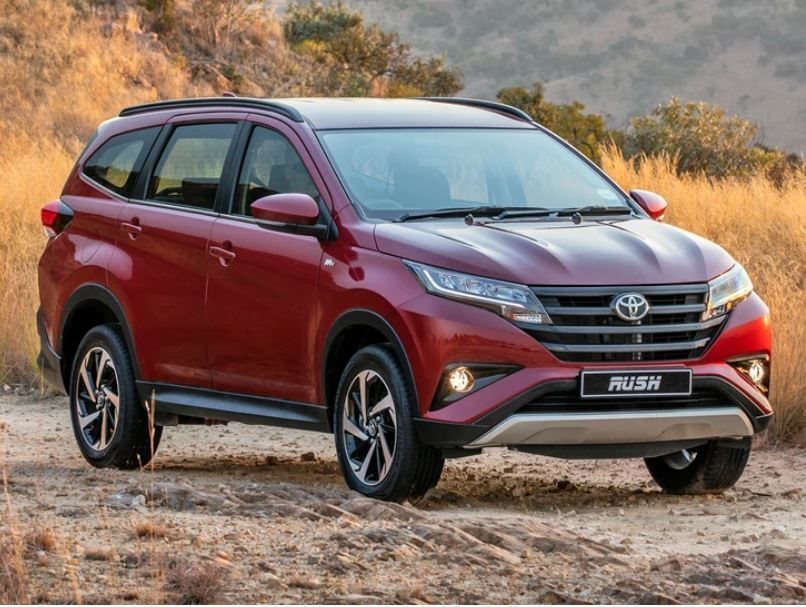
Do you remember the Daihatsu Terios? Well, Toyota offered a rebadged version of the third-generation Terios called Rush, and it debuted in South Africa in mid-2018 (interestingly, as a 5-seater only, rather than a seven-seater as on many other markets). Like the aforementioned Avanza with which it shared its underpinnings, it sported a front-engine, rear-wheel-drive configuration. However, production of the Rush has apparently ended, leading to its disappearance from Toyota’s price list by April 2022.
This article was originally published on Cars.co.za.

